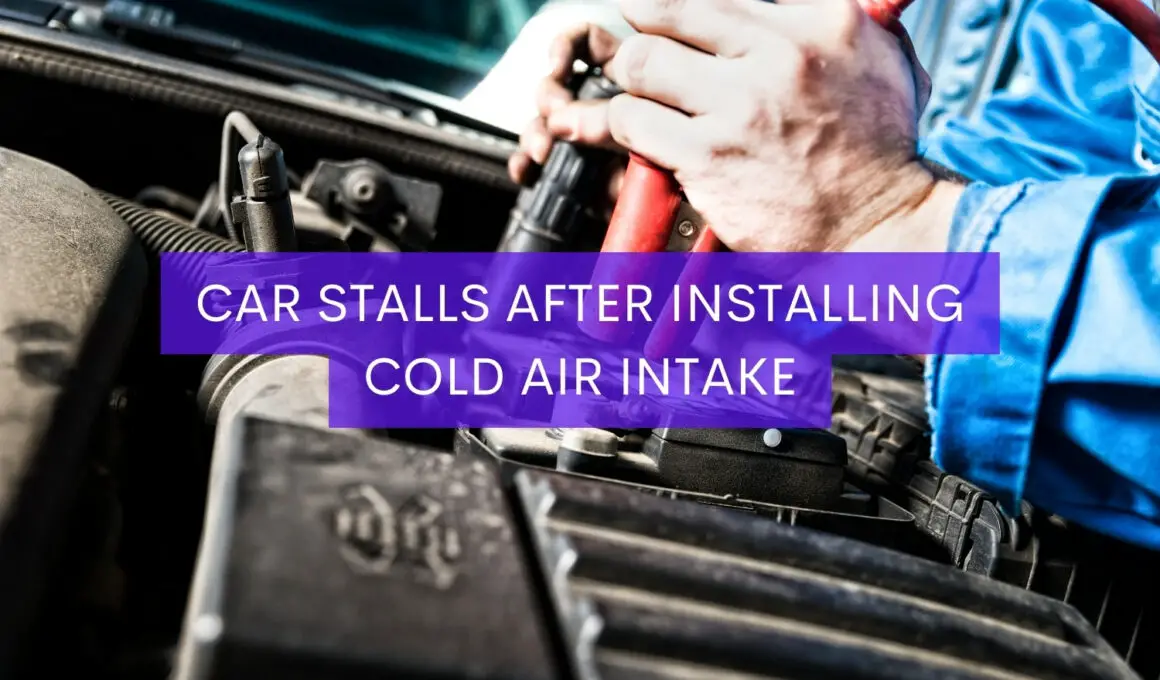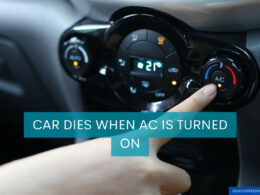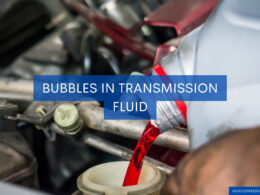In This Article Show
One of the crucial components that can greatly enhance your vehicle’s performance is the cold air intake system. However, as is the case with most modifications, it doesn’t come without its own set of challenges.
Have you ever found yourself in a situation where your car unexpectedly stalls after installing a cold air intake system? If so, you’re not alone. I’ve encountered numerous instances where customers have faced this exact problem in my career.
With this in mind, I decided to utilize my experience and knowledge like I’ve done with previous guides like best cold air intake for 5.7 Hemi Charger, understanding 4.56 gears, and others to provide you with an easy-to-understand guide to diagnose, troubleshoot, and ultimately solve this issue.
Cold Air Intakes Explained
We must first understand the basics to diagnose and solve our problems properly. So, what exactly is a cold air intake system? As an experienced mechanic, I’ve dealt with these systems countless times and can tell you they play a crucial role in enhancing your car’s performance.
In the simplest terms, a cold air intake is a type of engine air intake system that cools down the air that enters your car. This process is crucial because cooler air is denser, and denser air contains more oxygen.
More oxygen for your engine means more power and better combustion, ultimately improving vehicle performance and fuel efficiency.
But it’s not always smooth sailing. In my years in the field, I’ve seen that modifications, while beneficial, can sometimes lead to unexpected issues if not properly installed or maintained.

Understanding Car Stalling
Before we dive into the details of why a car might stall after installing a cold air intake system, let’s take a moment to discuss what it means when a car stalls.
A “stall” in automotive terms means that the engine has stopped running unexpectedly. This can occur while driving or when starting your car, causing it to stop abruptly. Now, this could be various reasons – from fuel delivery problems to ignition issues.
However, since we’re focusing on stalling after installing a cold air intake, we’ll consider the relationship between the two.
In my 13 years as a mechanic, I’ve encountered several instances of vehicles stalling after installing a new cold air intake system. It’s a frustrating issue, for sure. However, like most car troubles, it’s typically symptomatic of an underlying issue that can be identified and rectified with some know-how.
Now that we know what a stall is and how it affects your vehicle’s performance let’s explore why this might occur after installing a cold air intake system.
Why Does a Car Stall After Installing a Cold Air Intake?
Having installed and serviced countless cold air intake systems over my career, I can attest that a variety of factors can contribute to your car stalling post-installation. Here are some of the most common causes:
Improper Installation
This is one of the most common culprits I’ve seen. Cold air intake systems aren’t just plug-and-play; they require careful installation. If not installed properly, it can lead to issues such as stalling.
Vacuum Leaks
Various hoses connect the cold air intake system to the engine. If there’s a leak in any of these, it can disrupt the air-fuel mixture, often leading to stalling.
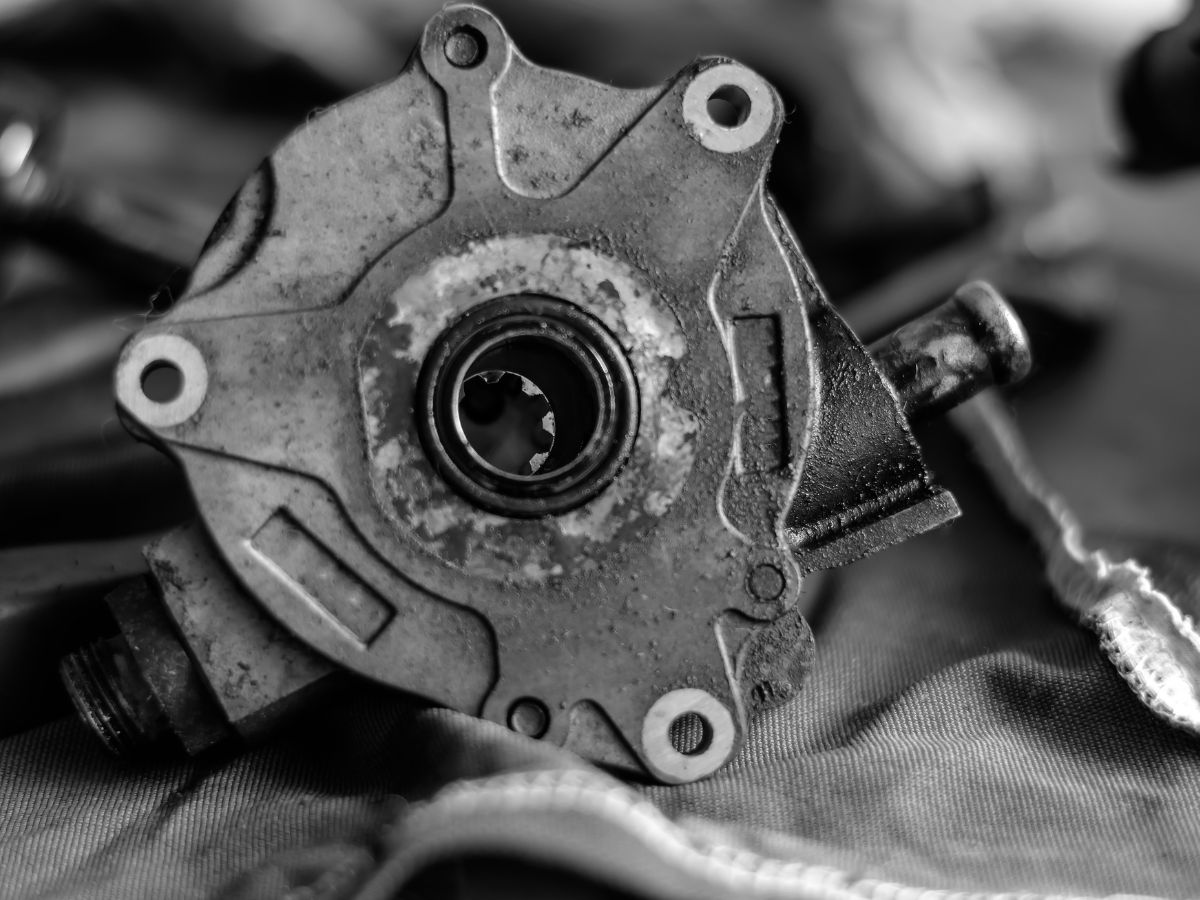
Mass Air Flow Sensor Issues
Your vehicle’s Mass Air Flow (MAF) sensor is critical in determining the amount of fuel injected into the engine based on the air coming through the intake. If the MAF sensor isn’t correctly adjusted to the new cold air intake, it can misread the amount of air coming in, potentially causing the car to stall.
Incompatible Cold Air Intake System
Not all cold air intake systems are compatible with all vehicle models. If the system isn’t fully compatible with your car, it could lead to performance issues, including stalling.
Identifying the root cause is the first step to solving the problem. Next, we’ll explore how you can diagnose a stalling issue after installing a cold air intake system.
How to Diagnose a Stalling Issue After Installing a Cold Air Intake
Now that we understand why a car might stall after installing a cold air intake system, let’s delve into how you can diagnose the issue. Keep in mind that this process involves a bit of technical know-how, but don’t worry—I’m here to guide you through it in straightforward terms, just as I have done for many of my customers over my 13-year career.
1. Check for Proper Installation
Firstly, inspect your cold air intake system for any signs of incorrect installation. Are all components properly attached? Is the intake securely fixed? The answers to these questions can often reveal the source of the issue.
2. Look for Vacuum Leaks
Use a smoke machine or a spray bottle with soapy water to check for leaks. If you see smoke escaping or bubbles forming, you’ve found a leak that needs to be addressed.
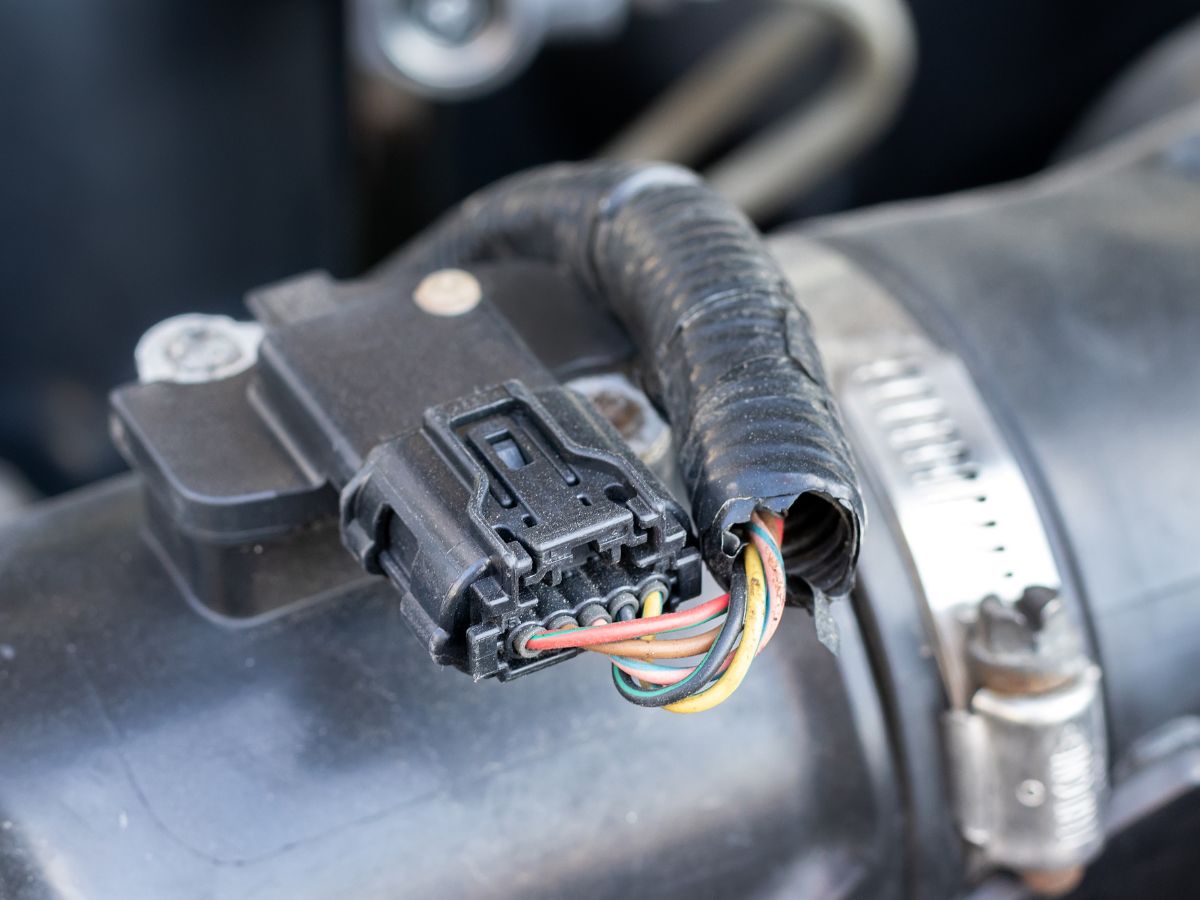
3. Examine the Mass Air Flow Sensor
Inspect your MAF sensor for any signs of dirt or damage. If it appears dirty, a simple cleaning might do the trick. If it’s damaged, however, it’ll likely need replacing.
4. Review System Compatibility
Finally, verify that the cold air intake system you installed is indeed compatible with your car model. Sometimes, an incompatible system can lead to a whole host of problems, including stalling.
This process can help you identify the source of your problem. Remember, the goal here is not to make you a professional mechanic—that’s my job, after all—but to empower you with enough knowledge to understand and address common issues.
Fixes for Car Stalling After Installing a Cold Air Intake
So, you’ve pinpointed the cause of your stalling issue. Now, let’s get to the fun part: the fix. Here’s how you can address the common issues we’ve discussed.
Correct the Installation
If your problem stems from improper installation, consult the installation manual or a professional to ensure each component is fitted correctly. Sometimes, a simple adjustment can resolve the issue.
Seal Vacuum Leaks
Found a leak? Use a high-quality sealant to fix it. However, if the leak is substantial, you may need to replace the leaking component.
Address Mass Air Flow Sensor Issues
If your MAF sensor is dirty, use a specialized cleaner to remove any grime. If it’s damaged, replace it with a new one. Ensure the new sensor is compatible with your vehicle and the cold air intake system.
Ensure System Compatibility
If your system isn’t compatible with your car, the best solution is to replace it with one that is. Always check the manufacturer’s specifications to ensure compatibility before purchase and installation.
While these solutions often fix the stalling issue, it’s important to remember that not all car problems can be solved at home. If you’ve tried these fixes and you’re still experiencing problems, it’s time to consult a professional.
Remember, even as a seasoned mechanic, I sometimes contact my peers for advice. There’s no harm in seeking help!
Preventive Measures to Avoid Car Stalling After Cold Air Intake Installation
Prevention, as they say, is the best cure. And this holds especially true when it comes to our cars. With this in mind, let’s explore some detailed steps you can take to prevent your car from stalling after installing a cold air intake:
Regular Maintenance Checks
Regularly inspect your cold air intake system for any signs of wear and tear. This can include loose parts, cracks, or leaks. Catching these issues early can often prevent bigger problems from developing.
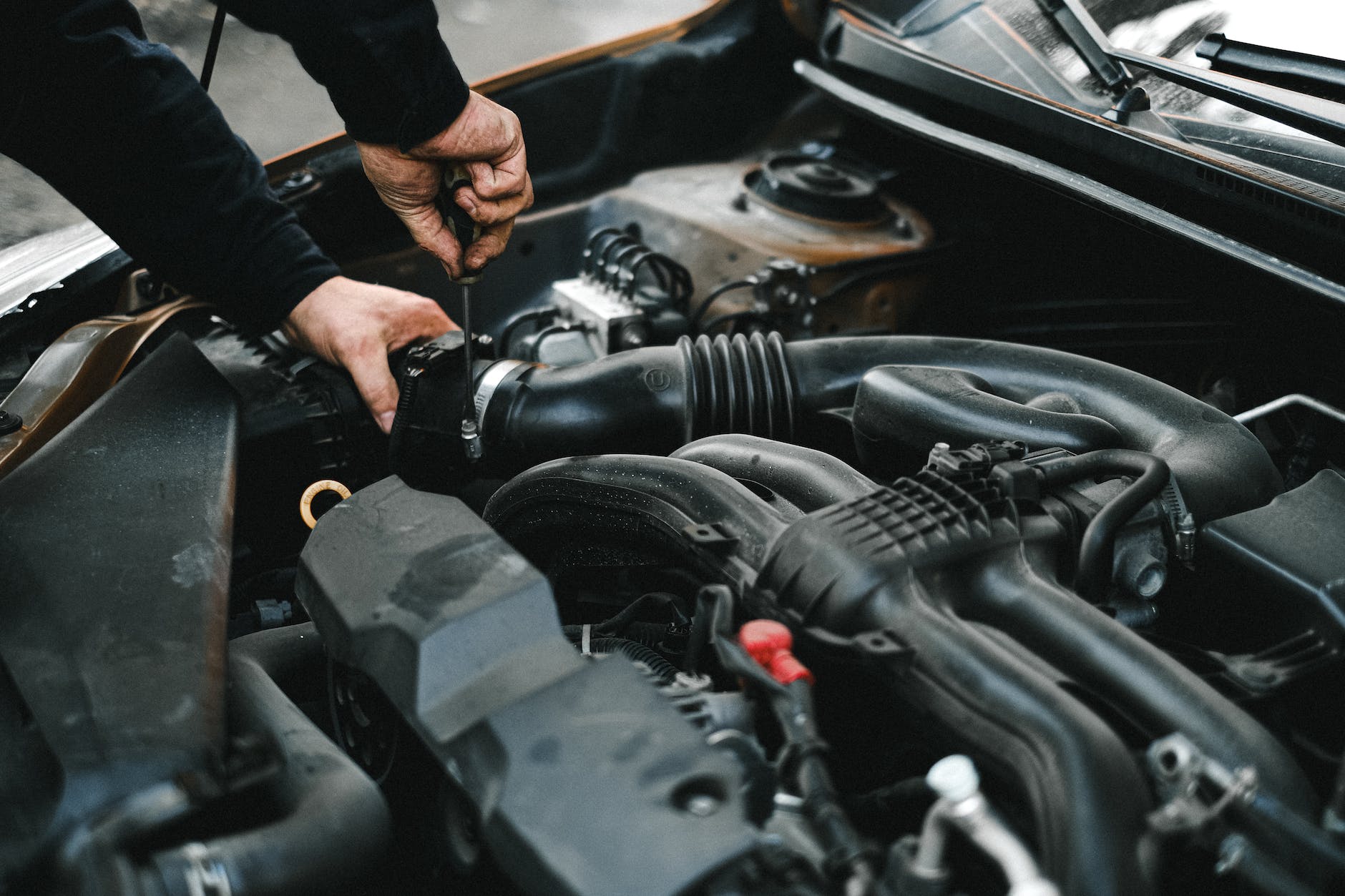
Proper Installation
Always ensure that the cold air intake system is installed correctly. Each part should be securely fastened, and the system should fit snugly in its designated place. If you’re not confident about doing it yourself, hire a professional. This may seem like an extra expense, but it can save you from potential trouble later on.
Periodic Cleaning of the Mass Air Flow Sensor
A dirty MAF sensor can result in incorrect air-fuel ratio readings, leading to stalling. Make it a habit to clean the MAF sensor periodically with a specialized cleaner.
Choose High-Quality Components
Not all cold air intake systems are created equal. Always opt for high-quality systems from reputable manufacturers. While these might be a bit more expensive, they are usually more reliable and less likely to cause problems.
Ensure Compatibility
Always check the compatibility of the cold air intake system with your car model before purchasing. Remember, what works great for one car model may not work as well for another.
Regularly Monitor Your Car’s Performance
Pay attention to changes in your car’s performance, including fuel efficiency, power, and responsiveness. These changes can often be early indicators of potential issues.
Timely Replacement of Components
Don’t wait for a component to fail before replacing it. If you notice signs of wear and tear, consider replacing it proactively.
Following these preventive measures can greatly reduce the chances of your car stalling after installing a cold air intake. Remember, a well-maintained car is more enjoyable to drive and can save you from unexpected repair costs.
Wrapping it up
There you have it—your complete guide to understanding and resolving car stalling issues after installing a cold air intake. Remember, car maintenance isn’t just about reacting to problems but also about proactive prevention.
By following the right preventive measures and knowing how to diagnose and fix issues, you can enjoy the full benefits of your cold air intake system without any hassles.






